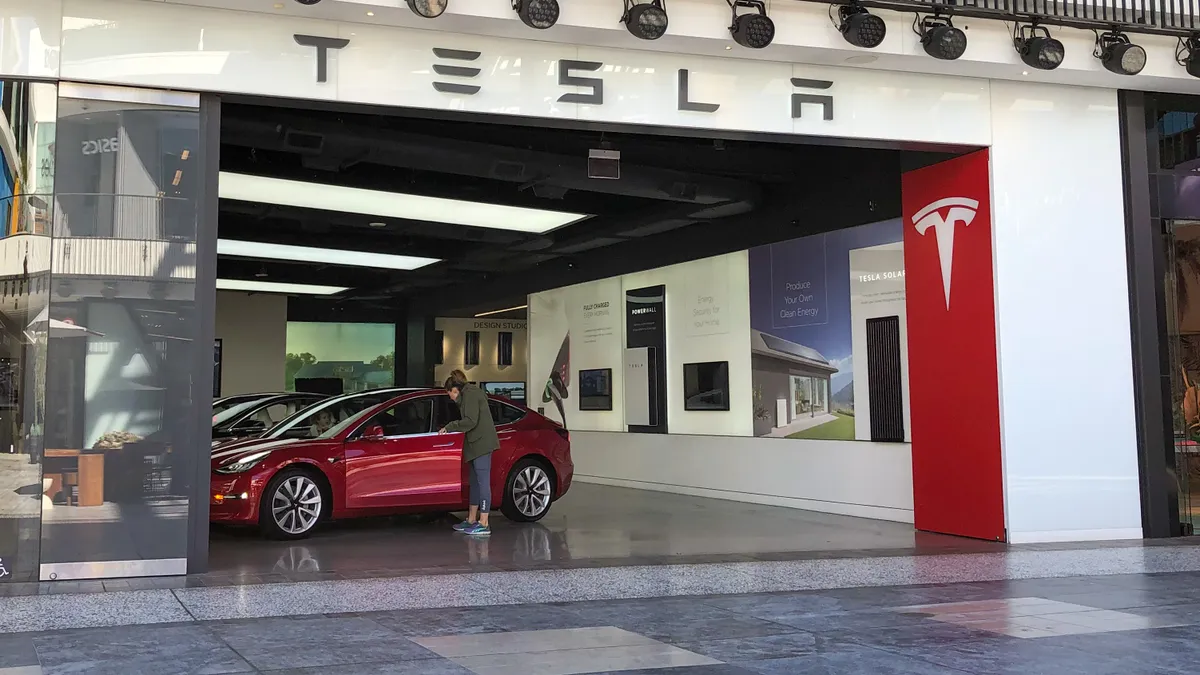As sales of new electric vehicles continue to grow, new data compiled by iSeeCars.com showed that EVs topped the list of fastest-selling used cars last month in nine major metro regions.
In June, used EVs sold at faster rates than gasoline-powered vehicles in Austin, Texas; Denver; Las Vegas; Miami-Fort Lauderdale, Florida; Philadelphia; Phoenix; San Diego; San Francisco-Oakland-San Jose, California; and Tampa-St. Petersburg, Florida.
Data on where new and used EV sales are strong can help cities determine where demand for chargers will grow. That information could be useful as cities prepare to apply for funding under the $2.5 billion Discretionary Grant Program for Charging and Fueling Infrastructure that will assist in deploying publicly accessible electric vehicle charging infrastructure. The program is expected to be formalized later this year.
Battery-electric vehicles accounted for 5.6% of new vehicle sales in the second quarter of 2022, more than double the same period last year. But automakers’ ability to produce EVs has been constrained by semiconductor shortages. Coupled with a growing demand for new electric vehicles, the average price for a new electric vehicle in June reached over $66,000, nearly $20,000 above the average transaction price for all new vehicles.
Car buyers scooped up both new and previously owned EVs as gas prices climbed. iSeeCars.com, which aggregates listings of used cars for sale, found that the top six fastest-selling used cars overall in June were battery-electric or hybrid electric vehicles. The top 20 used vehicles were evenly split between alternative-fuel vehicles and gasoline vehicles.
“New car inventory is expected to remain tight through 2022 as microchip shortages persist and as automakers struggle to meet pent-up demand,” said Karl Brauer, executive analyst at iSeeCars, in the report on June trends.
The $280 billion CHIPS and Science Act, which passed through the U.S. House and Senate this week, and investments in new semiconductor plants in the U.S. by Intel, Samsung and others could help relieve the microchip shortage over time.











